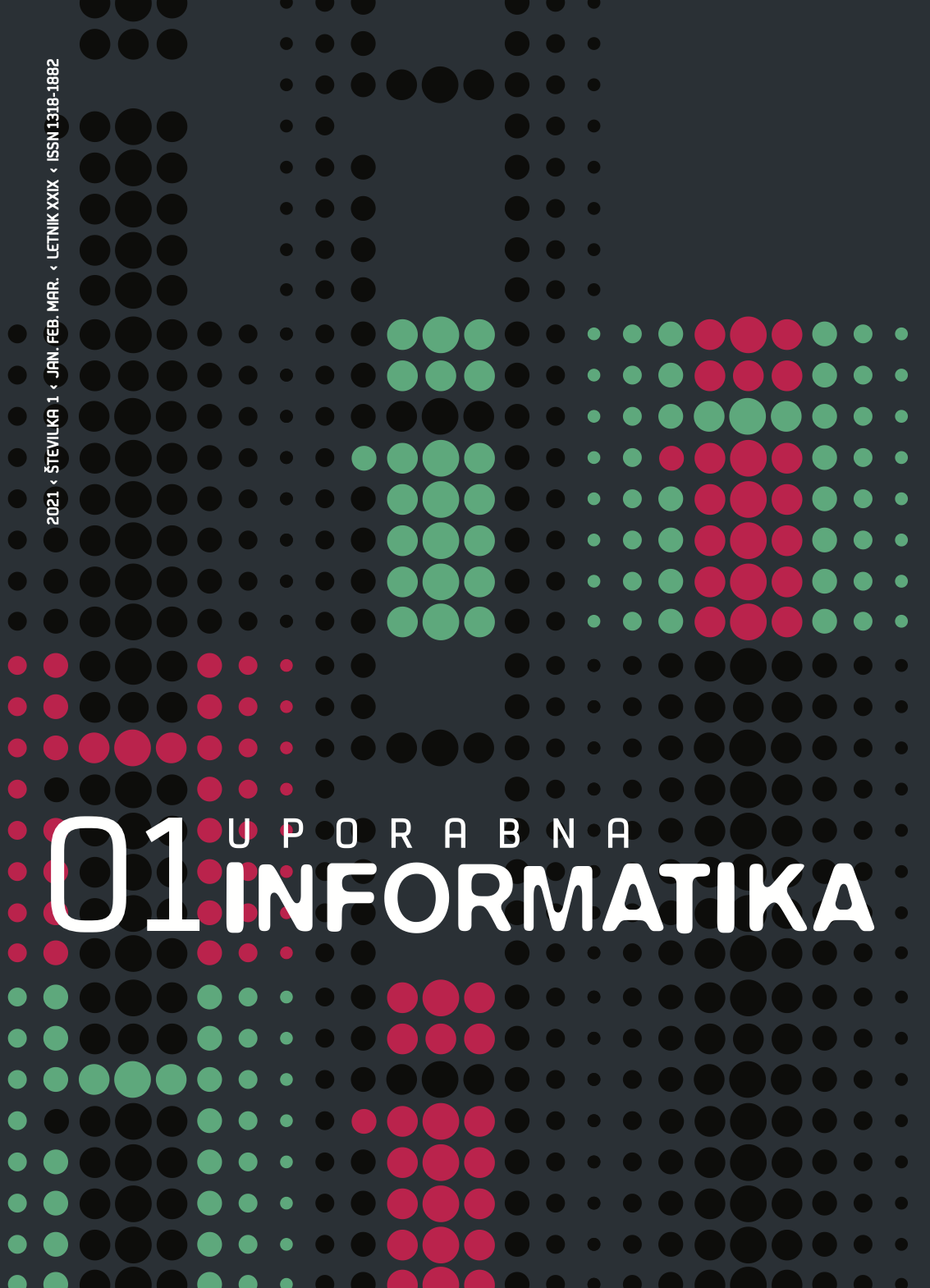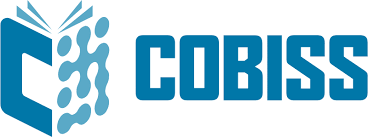E-learning environment with scaffolds for self-regulated learning
DOI:
https://doi.org/10.31449/upinf.119Keywords:
E-learning environment, self-regulated learning, activity tracking, learning scaffoldsAbstract
E-materials and e-textbooks are slowly making their way into our schools. Their true value was demonstrated during the last epidemic, when schools were closed and students were often left to themselves and the engagement of their parents. For the successful learning with e-materials, students need to use appropriate self-regulated learning strategies that enable them to achieve the learning goals set. Students with less developed self-regulation skills can be helped in their learning by setting up learning scaffolds within the learning content. In the article, we present a pilot study on a sample of 91 ninth-graders on which the efficiency of learning scaffolds was tested. For this purpose, an e-learning environment was developed to present the content of the learning unit with different embedded types of learning scaffolds (cognitive, metacognitive and motivation), which also allowed for the tracking of student activities. The results showed that, according to the students, the evaluation cognitive scaffolds are recognized as the best learning support.






